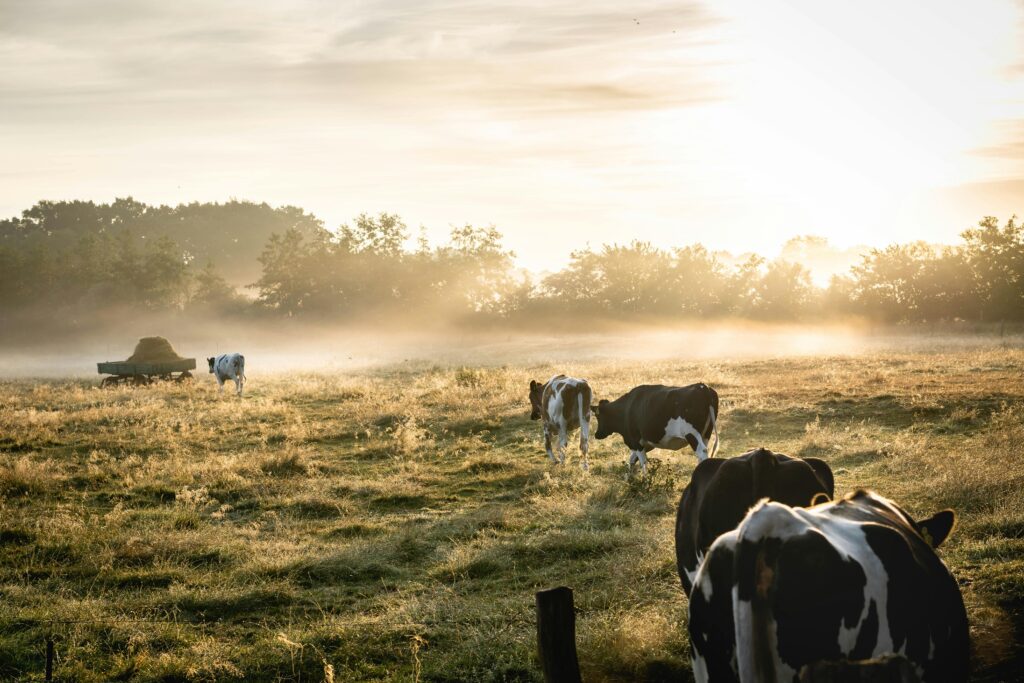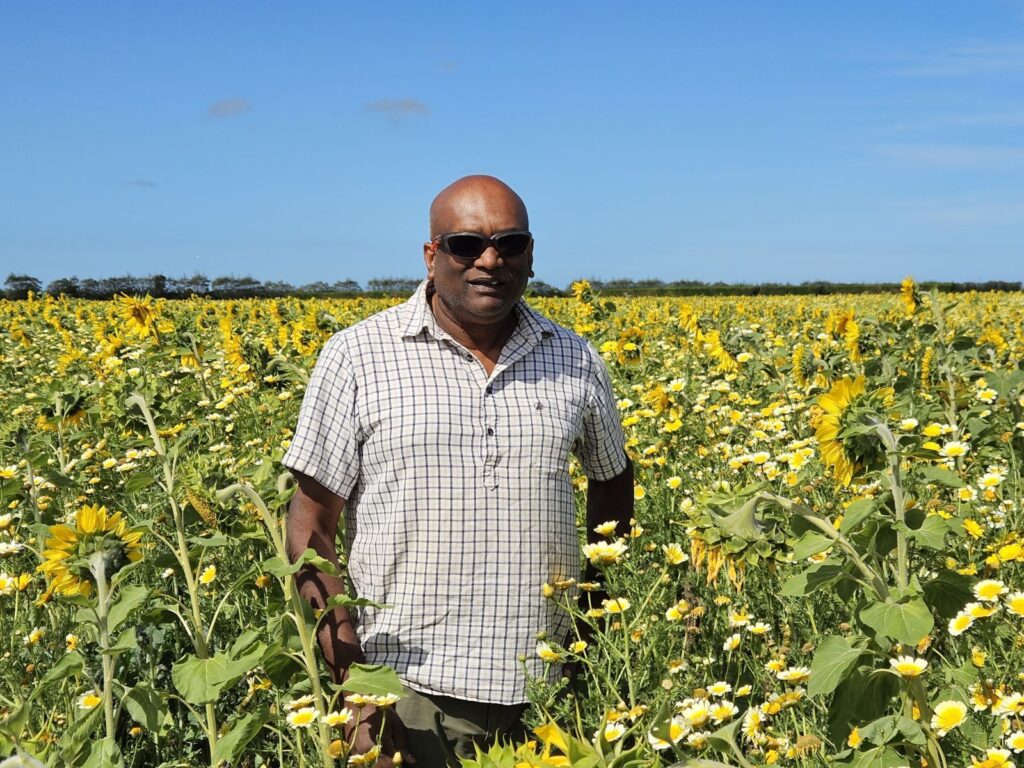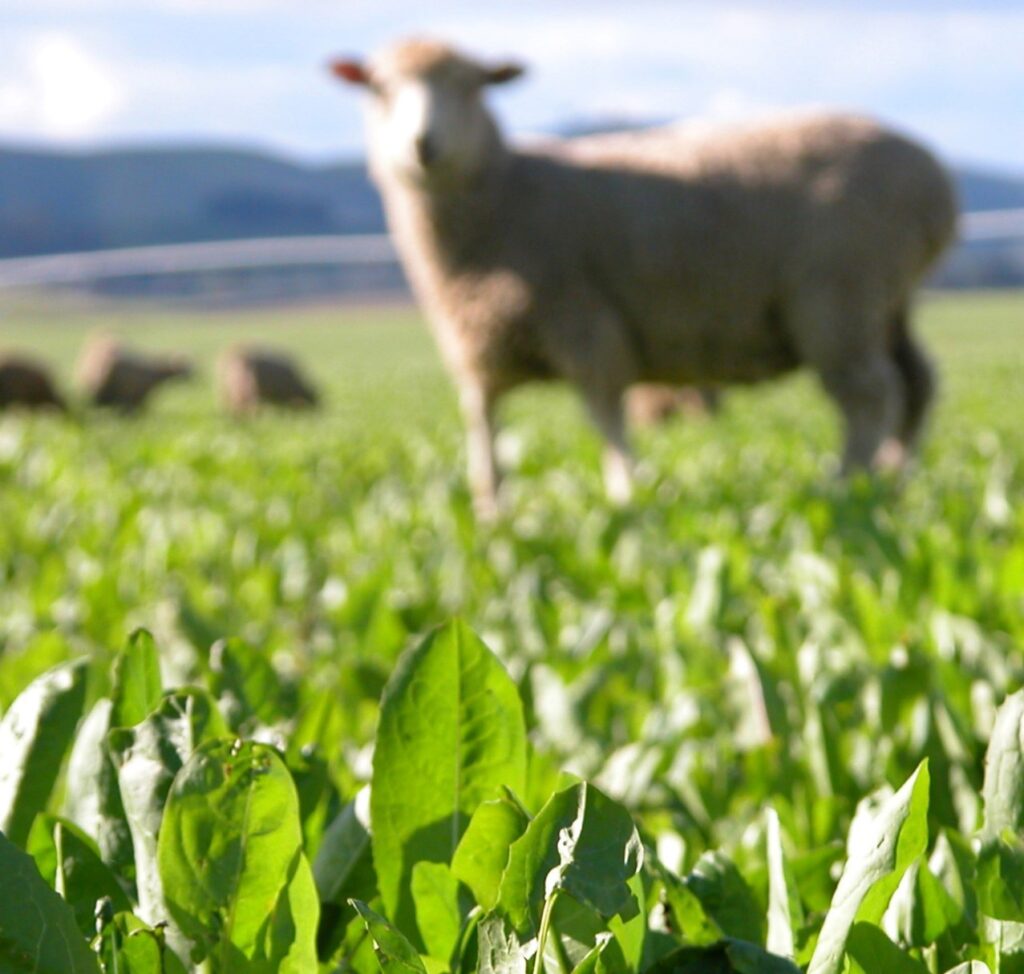Optimising Pasture Production in New Zealand: Insights from Dr Gordon Rajendram on Key Soil Factors
In New Zealand, where agriculture plays a pivotal role in the economy, understanding the factors that drive pasture production is crucial for optimising yields and maintaining the health of the land. Dr Gordon Rajendram, a leading soil scientist, emphasises the importance of several key elements in this process, highlighting how the interplay between soil temperature, […]




